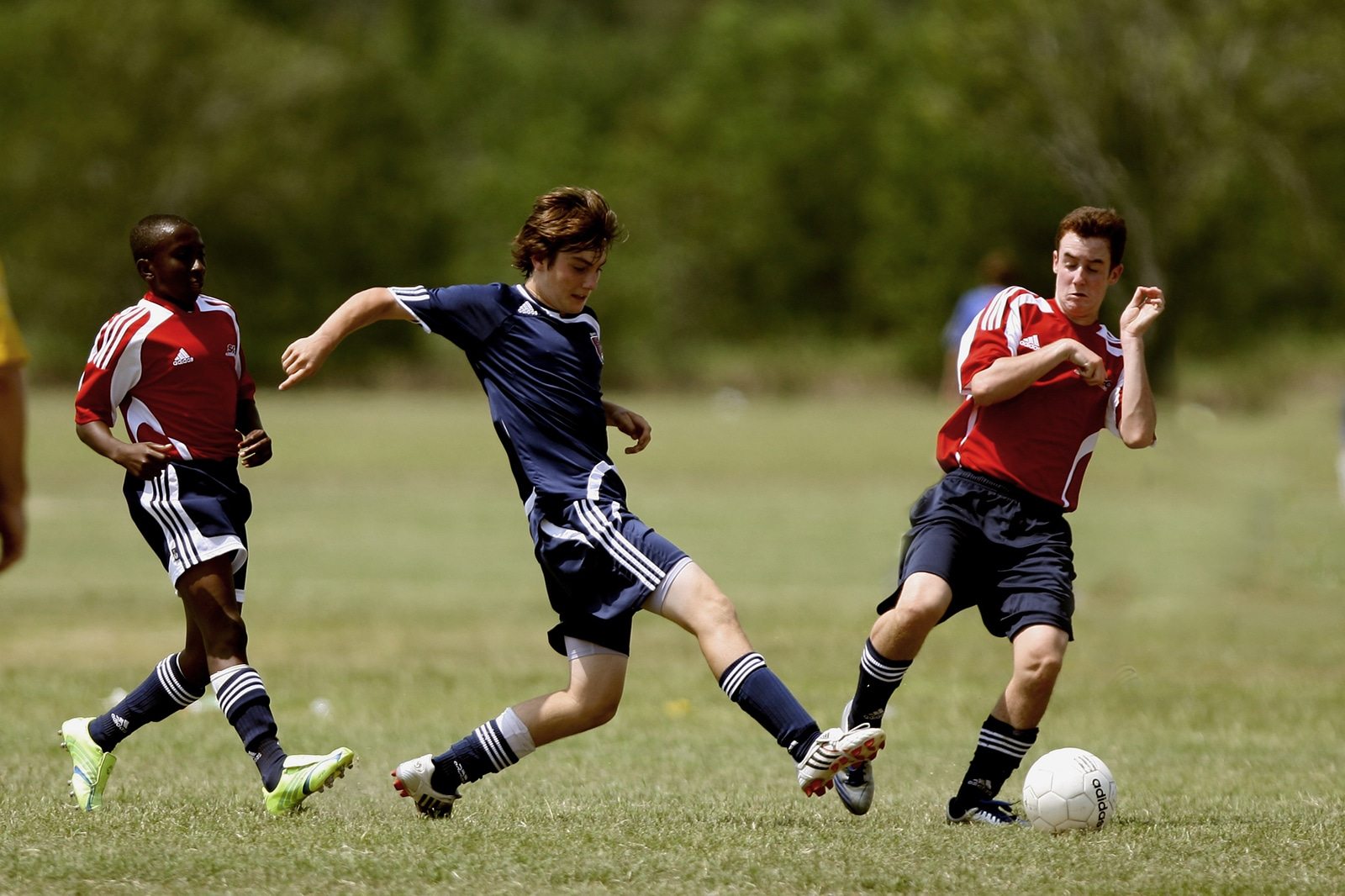Club staffers may be doing a disservice to their student-athletes in a critical area.
In today’s club sports world, it feels like there are more showcases, camps and tournaments than days on the calendar. In this competitive recruiting landscape, this is a good thing.
Now for the bad news:
The time leading up to events is being underutilized. In other words, clubs are wasting an opportunity to help their athletes guarantee a successful outcome to their attendance.
In the recruiting space, the work done leading up to these days is one of the most important steps to finding success – yet this work often goes undone.
Here are three ways clubs can ensure that student-athletes are making events worth the time, money and effort their families are spending on them.
Three Steps to a Successful Event Season
1. Assist in the creation of a Target List of Schools.
To be a proactive participant in the recruiting process, student-athletes must create a Target List of Schools, and club input here is vital.
We have expounded on this topic before, but here is the short version: Student-athletes should create a target list of schools they may be interested in attending. This list should factor in criteria like size, region, division and academic selectivity.
Once the list is built, clubs should help athletes refine it. This can be done through providing additional recommendations to guide student-athletes towards targeting the best programs for their academic and athletic profiles.
2. Ensure that video is obtained.
Games are filmed at most events. Heading into an event, club staffers should make sure that their teams have lined up video.
This raw footage is necessary for the creation of a highlight reel, which we have empirically proven assists athletes in getting recruited. In fact, athletes on our platform with video on their profiles are 3X as likely to commit as those with no video.
On a similar note, for those athletes that have video already available, club staff should do everything in their power to make sure a highlight reel is ready before the event. This enables athletes to contact coaches and get on a list to be seen at the event. Which brings us to the most important step.
3. Encourage college coach outreach.
The time to alert a college coach of interest is prior to an event. This signals for the coach to look out for the athlete at the tournament. Through proactive outreach, an athlete seizes the opportunity to provide the coach everything the coach needs to evaluate the athlete:
- A highlight reel
- Academic information
- Details about the event (jersey number, game schedule and the like)
Direct outreach from the student-athlete is key. When an athlete contacts a college coach, the bold move communicates the student-athlete’s genuine interest and proactive character.
In addition to encouraging contact between the athlete and a college coach, this is also a good time for a staffer to reach out to the coach on behalf of the athlete.
Coupled with the athlete’s message, this can help alert the coach that you think the athlete would be a good fit.
If you carry out these three steps, you will be doing your part to ensure a successful events season for your athletes.
Want to know best practices for maximizing your athletes’ success during showcases?
Let us know in the comments.



